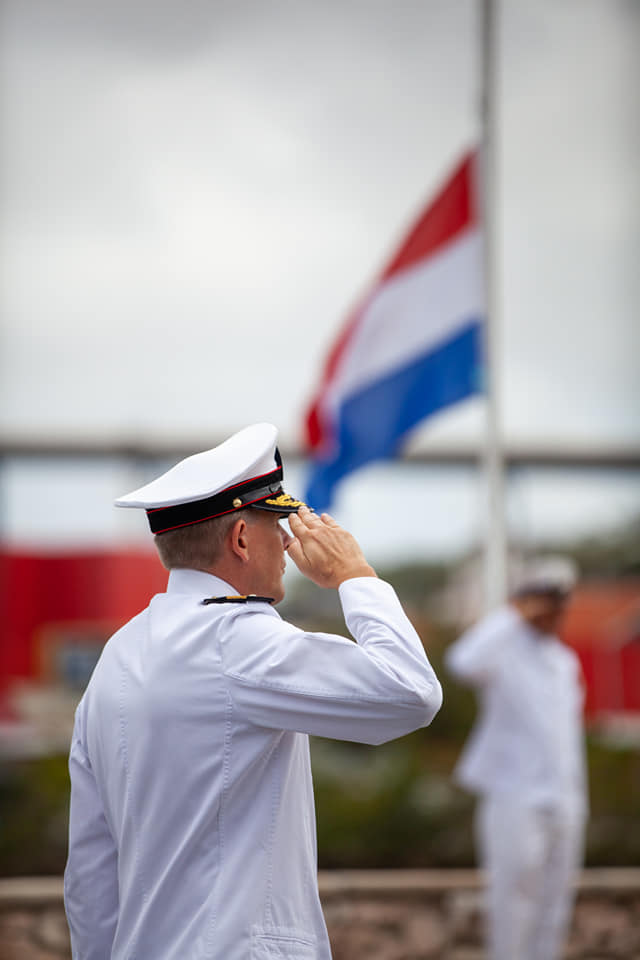In the Caribbean, Defence is producing fittings for medical equipment, to support the fight against coronavirus. These efforts are being made by the Royal Netherlands Navy in Curaçao by using a 3D printer.
The idea for the project was born because reports were received from various sources that medical equipment was needed on the island. As a result, a new project was started, with the plan to investigate whether there was demand for various medical applications for preventing and combating coronavirus on Curaçao and in the rest of the Dutch Caribbean.
Demand for medical equipment.
An initial analysis showed that there is a demand for a number of items that Defence can provide, some of which by using 3D printers, in the efforts to combat coronavirus. These parts/items are:
– Fittings for snorkel masks so that they can be used as oxygen masks in hospitals;
– Face shields;
– Respirators;
– Splitters (so that more than one patient can use a single ventilator).
While the Curaçao Medical Center (CMC) currently has sufficient personal protective equipment in stock, that is not the case for other medical facilities such as hospices, dentists, clinics, supermarkets and GPs (General Practitioners Committee).
Sergeant Barry of the Engineering Department is enthusiastic about the project. He commented that it was a great thing to provide the country and region with essential medical equipment at a time of crisis. In this way, Defence is demonstrating that it is working hard to support the fight against coronavirus in the Caribbean, not only in a highly visible way, but in the background too. He went on to say that supporting civil authorities was one of the main tasks of the Flag Officer in the Caribbean, and that it was certainly doing so with this project!
What is 3D printing?
3D printing or ‘additive manufacturing’ is a process whereby three-dimensional objects are produced from a digital file. Objects created by 3D printing are made by means of additive processes, whereby the object is built up layer for layer until it is complete. Each layer is a thin horizontal cross-section of the object.
In 2018, the Expertise Centrum Additive Manufacturing (ECAM) in Den Helder was granted permission to purchase 10 new 3D printers, one of which was intended for use in the Caribbean. The Maritime Sustainment Division of the Flag Officer Caribbean received the 3D printer in 2019 in order to test whether it was possible to print parts or spare parts for the various ships and coastguard boats.
The 3D printers used by Defence are suitable for several types of filament, the plastic that is used for printing objects. The various types of filament available include hard, soft and flexible filament, and even wood filament. For medical applications, Defence uses the standard PLA filament. For projects that demand greater material strength in the object to be printed, Defence uses harder filament types, such as ‘tough PLA’.
Follow-up project.
The greatest demand is currently for face shields. In collaboration with XEROX, Defence was able to acquire transparent plastic shields, and subsequently the project team set to work printing the headbands. Tests were then carried out to see whether the design needed to be modified. The tests were carried out by the CMC, a supermarket, a doctor’s surgery, T experience (crowd management) and GPs.
On the basis of the tests, Defence will modify the design and print more runs. In addition to Defence, the 3D task group consists of Green Phenix, Makeit 3D and DRC Curaçao Tech Meetups.




















